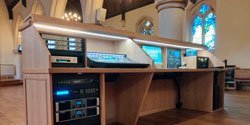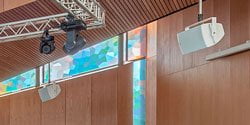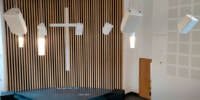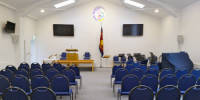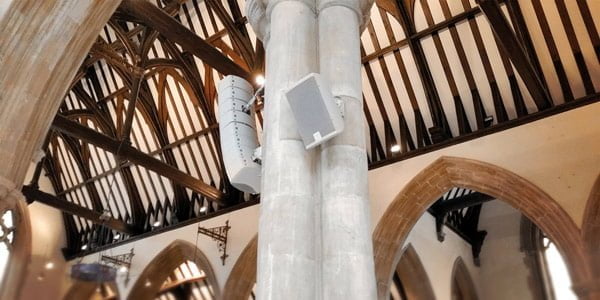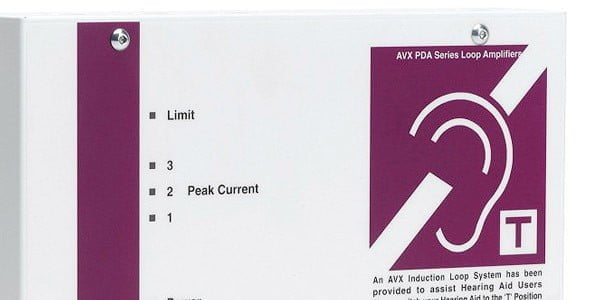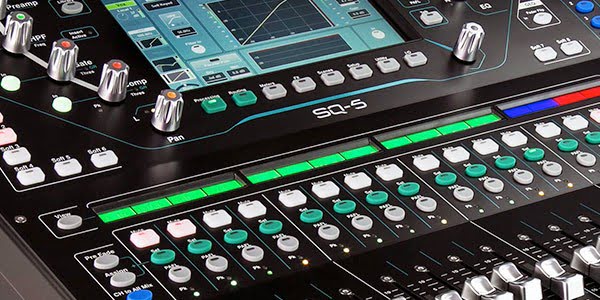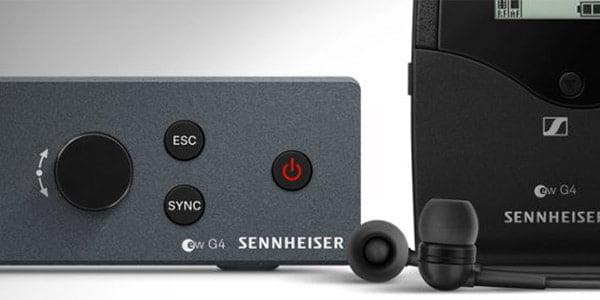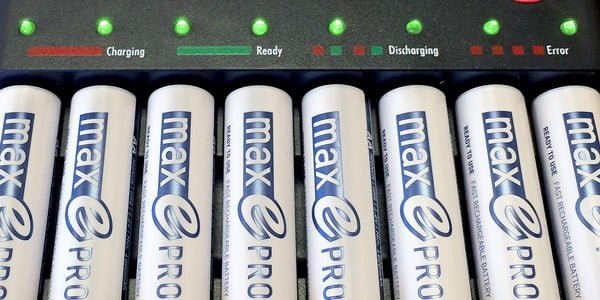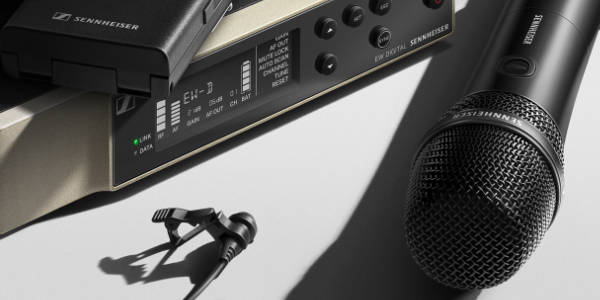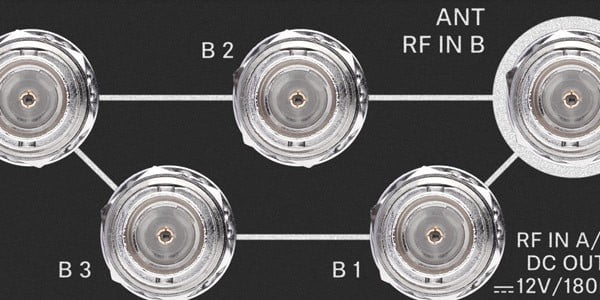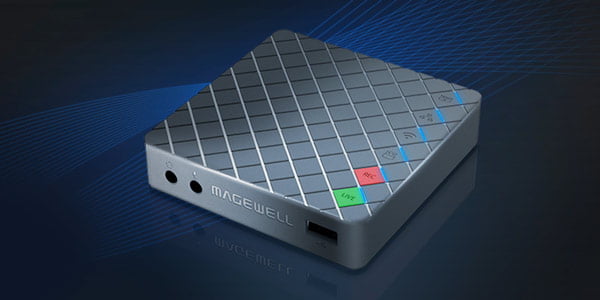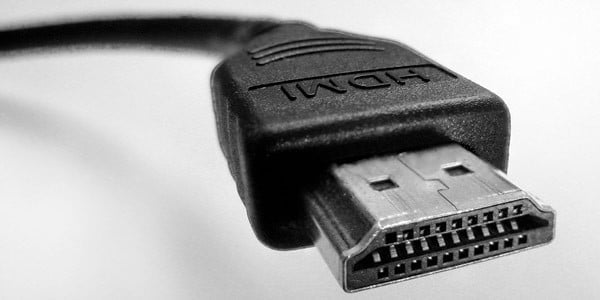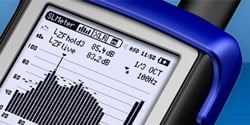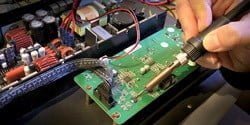
Under the Equality Act 2010 (which replaced the Disability Discrimination Act - DDA), Induction Loop Systems for the hard of hearing are a legal requirement for public buildings, including church buildings. EU legislation also stipulates that these are to be configured to British Standard EN 60118-4. However, the most important job of a properly functioning loop system is to allow the message to be heard by all.
An AFILS (Audio Frequency Induction Loop System) usually comprises a special amplifier unit connected to a ‘loop’ of electrical cable (or copper tape) laid out around the room or hall. Commonly, the loop amplifier takes an input from one or more microphones – often in a church, this will be a feed from a lectern mic or wireless lapel-worn microphone via the main PA System. In operation, the loop of cable emits an electromagnetic field that can be picked up when a user's hearing aid is switched to the ‘T’ position.
The correct loop amplifier, cable type, cable route and system setup are unique to each church, and as such, a simple run of ‘bell wire’ around a skirting board will not suffice. The equipment used and the proper configuration of the system, all combine to produce an effective induction loop field - factors that usually involve some careful calculations and the practical experience of expert installers to achieve the desired results.
While Loop systems can be tricky to set up, once in place, they can be largely left to run themselves. Equipment (such as amplifiers) usually comes with long warranty periods (often 5 years) for peace of mind.
Which Loop Amplifier
Generally, a Loop System requirement is dictated by the size of the area that has to be covered – for example, a Signet PRO5/SD loop amplifier will, in basic terms, be capable of covering an area up to 200m2. However, the actual loop field strength must be maintained equally in all areas, so sometimes a 'figure-eight' or ‘comb pattern’ cable layout is needed, which may require more cable, and so the loop amplifier will correspondingly need to be more powerful. Similarly, a retro-fitted perimeter loop in a church will often need to go around doors and in and out of alcoves, etc. This will affect the overall cable length and consequently the field strength and the correct loop amplifier required.
Loop Listener
Simple loop tester devices are available, which, coupled with a set of headphones, can allow anyone to listen in on a loop system to do a basic check that the loop is functioning. In the event of issues with a loop system, these are always best checked by an engineer with specific experience of these systems.
One of the key benefits of a Loop System, particularly over alternative systems, is that it allows a hearing aid user to remain relatively anonymous; simply switching to the ‘T” position is all that’s required. Other systems can often require the user or presenter to wear extra equipment that can be rather conspicuous.
PROs & CONs
Enables the hard of hearing to hear
Discreet use for those wearing hearing aids
Once set, it requires minimal maintenance
Zero-rated VAT for churches & charities
Can be very easy to operate
Usually involves specialist installation
Loop field can cause other interference
Some spaces / retro-fitting may not always allow for perfect coverage


